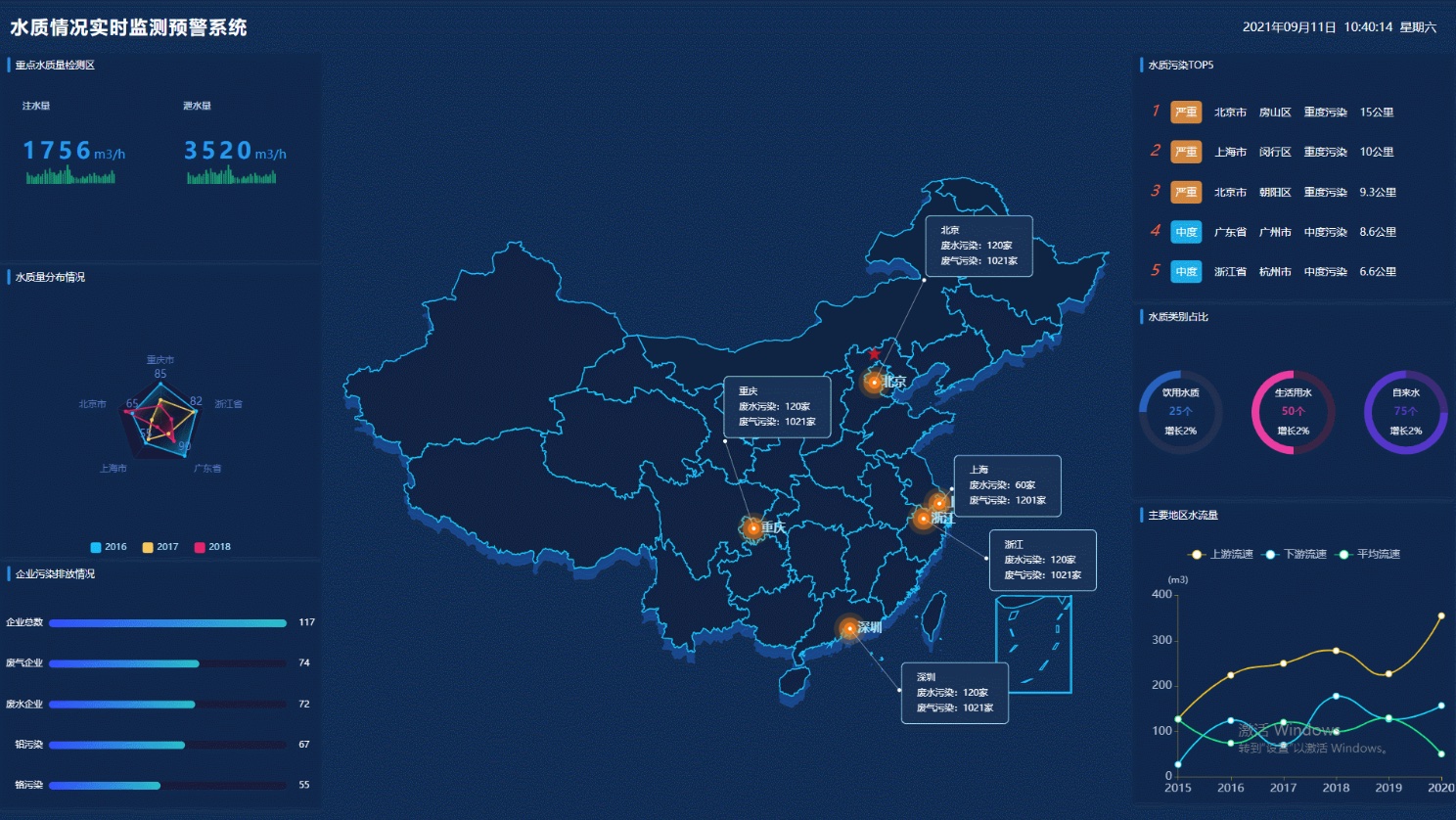Yesterday, someone in a group shared a map of China's 2024 birth rate, which looked quite interesting. However, this map was different from the usual ones—regions with lower birth rates were colored redder. Someone asked if it could be quickly recreated.
Two years ago, I might have been too lazy to bother because redrawing the map would require manually extracting and recording data from the map one by one, then importing it into QGIS or ArcGIS for data processing, and finally producing the map. But in 2025, the era of AI, this task is a breeze. Today, I'll share a set of AI-based rapid map production methods. Next time you encounter such a demand, just go for it!

more >>








